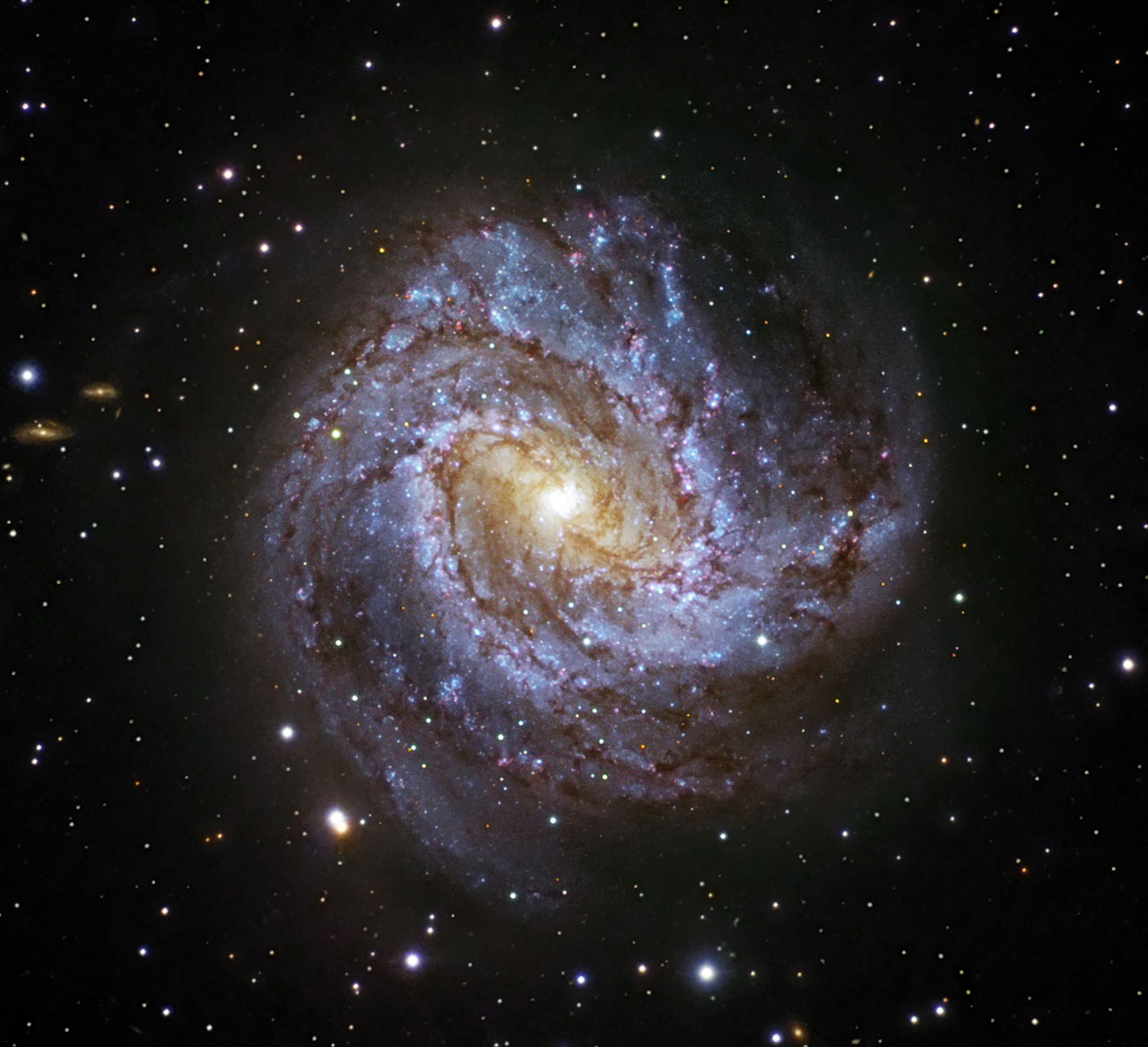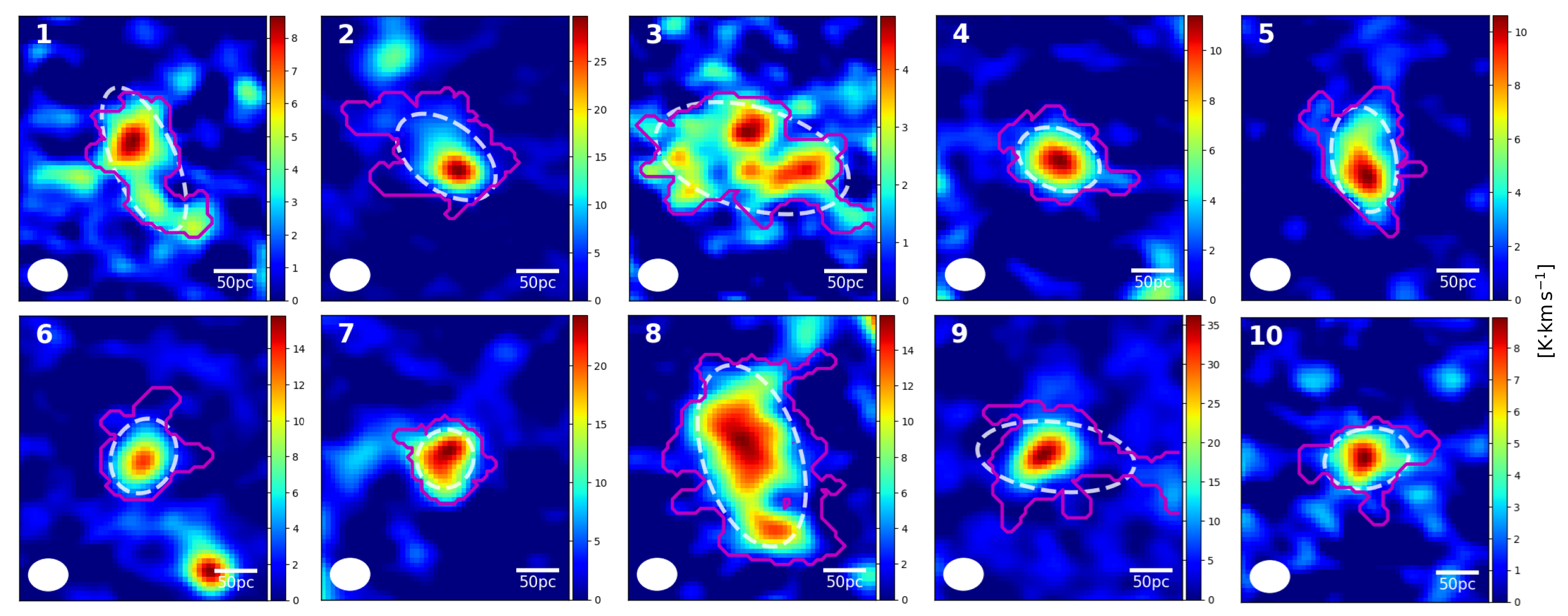
Researchers discover high-velocity clouds in the nearby spiral galaxy M83. These clouds are moving at speeds significantly different to the galaxy’s overall speed of rotation. The findings suggest that these clouds likely originated outside the galaxy, offering new insights into how galaxies acquire fresh gas and sustain star formation over billions of years. This hints at how our own galaxy evolved and may evolve in the future.
Maki Nagata is a graduate student and astronomer at the University of Tokyo’s Institute of Astronomy. Recently, she and her colleagues were trying to solve a long-standing question in astronomy: “How do galaxies manage to sustain star formation for billions of years?” The reason for asking this being, when you look at a galaxy such as our own Milky Way, it’s estimated that star formation should cease within about a billion years, yet it’s still going on. This suggested to Nagata’s team that there must be additional sources of matter constantly feeding galaxies, so they set out to find them.
“Gas clouds are a common feature of galaxies. Some are classed as high-velocity clouds (HVCs) and we suspected these might account for some of this galactic feeding material,” said Nagata. “What makes HVCs special is that their speed and direction don’t correspond to the general speed of rotation or the orientation of a typical spiral galaxy. This alone doesn’t necessarily mean they come from outside the host galaxy, though one scenario is that they start as material ejected by supernova, exploding stars. But we thought with the right analysis and reasoning, we could tell if at least some HVCs were from outside the galaxy.”

Identifying and verifying many clouds, including the HVCs, was one of the major challenges of the study. They had to carefully tune the detection parameters to ensure that real signals stood out clearly from background noise without missing genuine clouds. HVCs were then defined as clouds moving at least 50 kilometers per second faster or slower than the rotation of the galactic disk. Of the 10 clouds that met this criterion, only one coincided with the position of a known supernova remnant. The remaining nine could not be accounted for by supernovas or other local processes. Their kinetic energies also exceeded the levels expected from supernova ejecta, indicating that these clouds may have originated from outside the galaxy and are currently falling into it.
“Our results show that galaxies are not isolated but constantly interact with their surroundings. The discovery of HVCs falling into M83 suggests that galaxies can grow by accreting gas from the space around them, possibly from smaller neighboring galaxies or the intergalactic medium,” said Nagata. “While HVCs are typically low-density atomic hydrogen gas, something that surprised us in this study was that the clouds were found to be compact and made of dense molecular gas, exactly the type of gas that forms new stars. This suggests that the inflowing material may be directly connected to future star formation.”

As M83 is similar to the Milky Way, studying how HVCs influence star formation could tell us about our own distant past or far future. However, although HVCs were first discovered in the Milky Way, it’s hard to measure key properties about them for long-term projections, such as their distances, masses and motions. This is because we are inside our own galaxy; hence, why a nearby galaxy was chosen instead.
“Our next steps include investigating how these molecular HVCs formed and whether they were once atomic gas,” said Nagata. “By examining their relationship to other gas structures such as neutral atomic hydrogen. We will also explore whether these inflowing clouds could trigger new star formation when they collide with the galaxy’s disk. This would finally help answer the outstanding question we asked ourselves before.”







